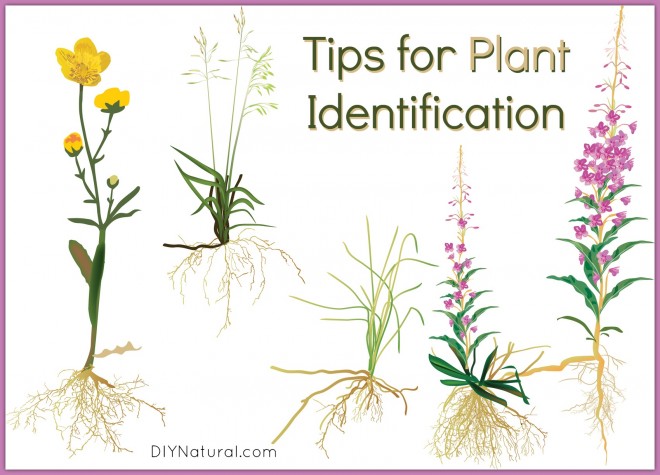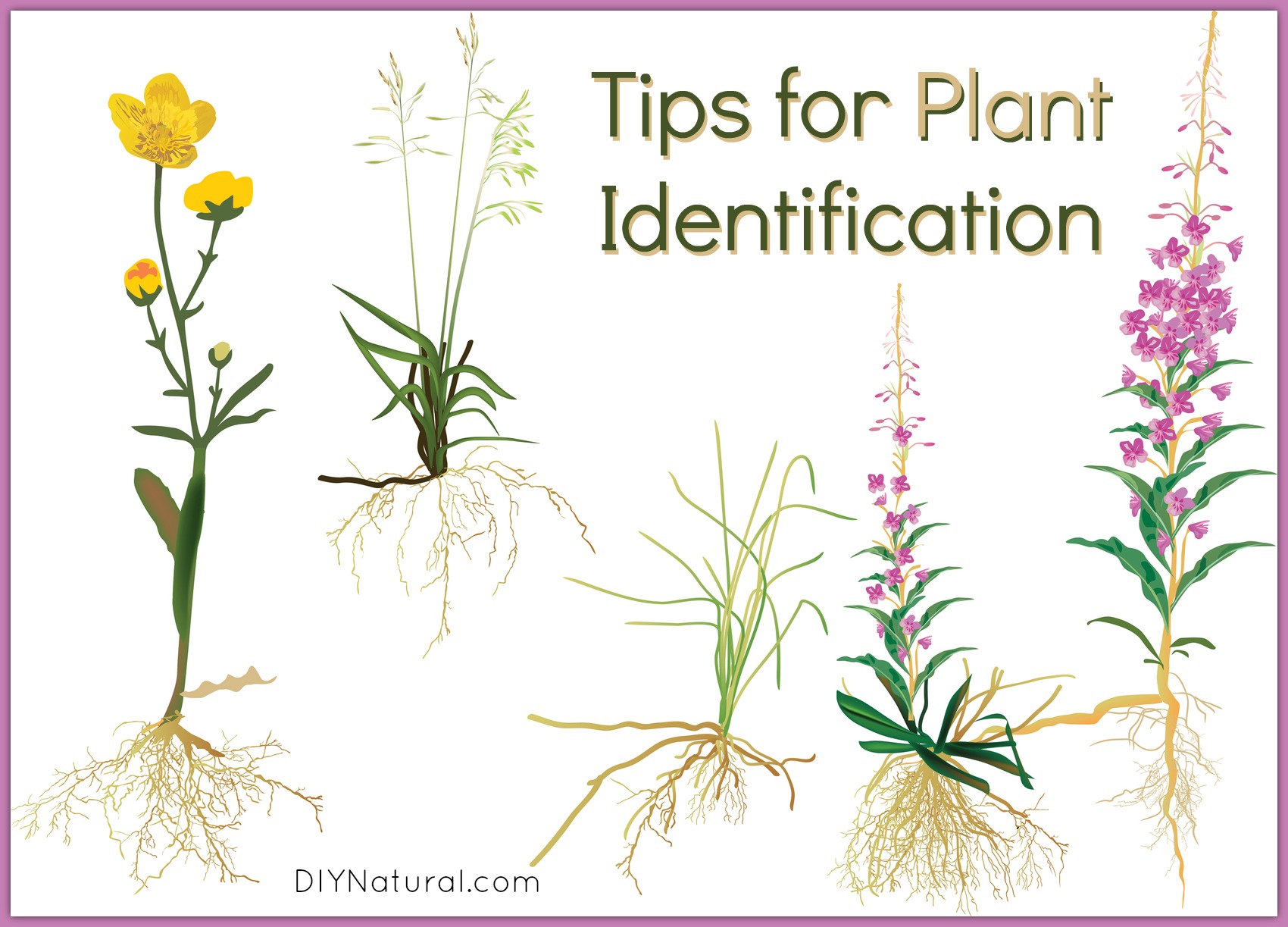
Last weekend I took a class I was leading out into a local prairie. Here in Ohio, there are a number of these preserves and they are great places to see some of our native plant species. We went so that everyone could get some practice with plant identification.
Plant identification is important, of course, if you are planning to collect plants for food or medicine. What about learning the identities of the plants in your local park where you will not be collecting? Parklands are a great place to be assured of finding species that haven’t been picked or mowed. They are more likely to look as they should in these areas and you have a better chance to really get to know how they look at different times.
When you head out into the woods do you see a mass of unidentified green, or do you see each of their individual differences? If you spend enough time at a preserve like this you begin to see the amazing variation in leaf size and shape. Some plants are very soft and others feel like sandpaper. The flowers are where the differences can really be seen the best. As it is just now summer, many of the flowers have not appeared.
One of the plants that is up but not yet blooming is the Jerusalem artichoke (Helianthus tuberosus). I pointed that one out to my students and was quickly asked, “How do you know that?” I take it for granted that I can recognize individual members of the green that surrounds us so I had to think hard. Learning the plants around us is rather like entering a party where everyone is wearing name tags. During the party you get to know a few people. You remember what they look like and know a few personal facts about them. The next time you see them it’s likely that they won’t be wearing a name tag and that’s ok because you know who they are now.
Tips for Improving Your Plant Identification
In the plant world, guidebooks provide us with the “name tag.” Each time you go out into a new park area the goal should be to get to know a few new plants. Just like at the party, you can’t expect to meet everyone or learn everyone’s name, so take your time. Here are a few tips to help you get to know the plants around you:
- Get a good guidebook! I like the Peterson Field Guides. You can find them for wildflowers (here), trees (here), and edible and medicinal plants (here and here).
- Visit your wild space in all four seasons. Many guide books are arranged by flower. You won’t always find blooms, so begin to get to know your new friends when they are just sprouting, as they are full grown and blooming, and as they have produced seeds and turned brown in the fall and winter.
- Take a camera. Sometimes the plants you are meeting will not be found in your guidebook. When that happens, take a close picture of the leaves, stem, flowers, and any fruits. This allows you to “collect” parts of the plant to ask a local perennial expert or do your own internet research.
- Keep a nature journal. Keep track of the plants you have already learned and paste in their pictures at all phases of development. You may find you’d like to buy one of your own at a local nursery after you’ve seen how it develops in the wild! (Read our other articles on Making Your Own Herbarium Identification Book and How to Make a Child’s Nature Journal.)
How about you? Do you have any tips or tricks for learning to identify plants? Share them below!
*******




I bought a plant press at a thrift store and when I see a plant/weed on our property I don’t know, I clip and press and within a week it’s dried enough to set it by my guidebooks/computer and I start the search.